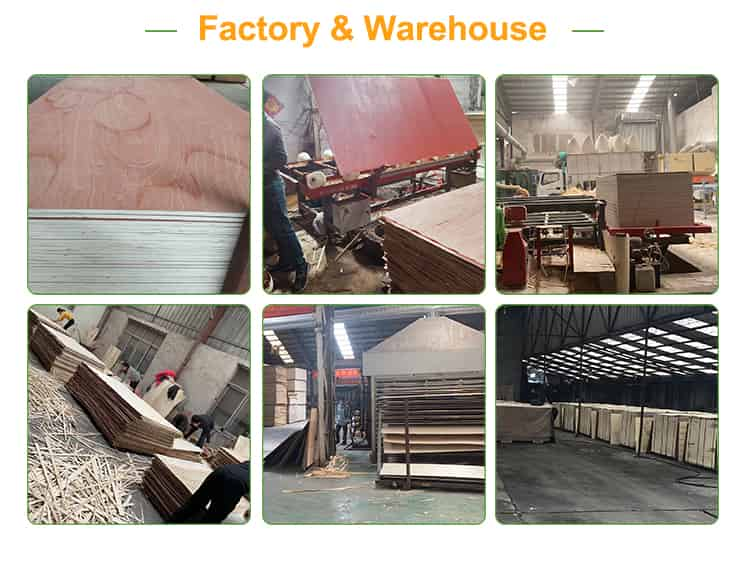OSB vs Plywood
The choice between oriented strand board (OSB) and plywood depends on the specific needs of a project. OSB is denser and heavier, offering superior load-bearing capacity but higher transportation costs. Plywood provides consistent strength and resistance to bending or twisting forces. OSB is suitable for outdoor projects due to its moisture-resistant properties, while plywood has a stable construction less susceptible to warping. Cost is also a consideration, with OSB typically being more budget-friendly, while plywood may offer better value in terms of durability. The appearance of OSB gives it a rustic charm, while plywood has a smoother surface preferred for painting or veneering. Ultimately, the decision should reflect a blend of functionality, budget, and aesthetic preference.

